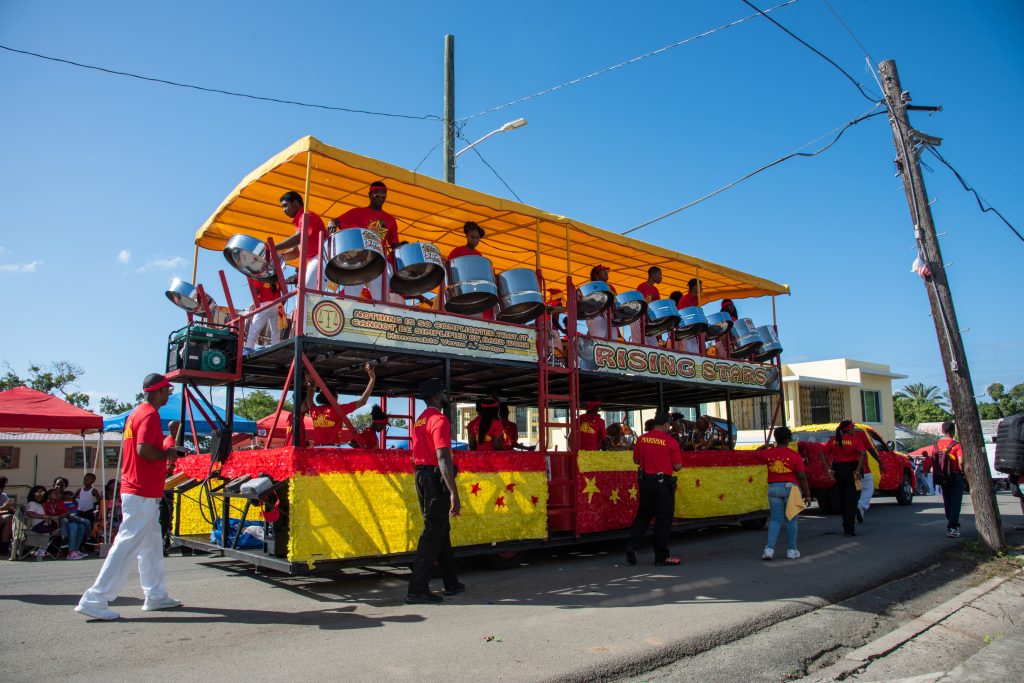
Steelpan & Slavery: A Story of Rhythm, Rebellion, & Resilience

Have you ever been mesmerised by the island vibes of steelpan music? If so, you may have wondered about its history and origins. Can this instrument, originating from the vibrant Caribbean country of Trinidad and Tobago, be linked to the sombre history of slavery? Well, that’s exactly what we intend to explore in this article.
The Birth of Steelpan
First things first, let’s get our facts straight. The steelpan, also known as a steel drum, wasn’t invented during the slavery era. Nope, it actually came to life in the early to mid-1900s, way after the abolition of slavery in 1834. But hang on, that doesn’t mean there’s no connection at all between steelpan and slavery. The story gets more interesting when we look at the broader picture – the cultural setting that gave birth to the steelpan.

Picture this: Post-slavery, the islands of Trinidad and Tobago became a cultural mecca, blending influences from Africa, India, China, the Middle East, Spain, France, and England. This rich diversity added a lot of flavour to the local music scene, with African drum music sitting front and centre.
However, the British colonial rulers at the time weren’t fans of this rhythm-filled ‘rebellion’. They saw it as a threat to the status quo and made several laws to suppress many indigenous musical expressions, even banning drum music in the late 19th century (1881 to be precise in response to the Canboulay Riots).
But the locals weren’t going to let the music die. They got creative, turning bamboo sticks (Tamboo Bamboo), boxes, frying pans, dustbin covers, and bottles into instruments. Many of these are still used today. But after a rough and rowdy Carnival in 1937, even many of these homemade music-makers were outlawed.
So, what did the people of Trinidad and Tobago do? They turned to the junk left behind by U.S. military bases during WWII – oil drums, to be exact. With a bit of tuning and shaping, these old barrels found a new life as the steelpans we know today.

So, while the steelpan isn’t directly linked to slavery, it carries an echo of that past. It stands as a symbol of the rebellion, resilience, creativity, and spirit of the people of Trinidad and Tobago. Their ancestors may have been subjected to the harsh reality of slavery, but they never lost their cultural roots.

In a nutshell, even though the steelpan isn’t a product of the slavery era, it does tell a tale of resilience and self-expression that traces back to those dark times. So next time you listen to a steelpan, remember you’re not just hearing sweet island music, but the sound of a people’s journey from slavery to freedom and self-expression.
Author:
Kevon Wilson

Kevon Wilson, is a premier researcher and strategist. He has more than 16 years’ experience in research and digital marketing.
He is co-author of many of Leve Global’s research publications such as Big Data – Delivering the Big Picture to Drive Competitiveness, Everything You Need to Know About Internet Marketing, and The Top Ten Emerging Markets.
Here are Related Articles That Might Also Interest You
![]()



